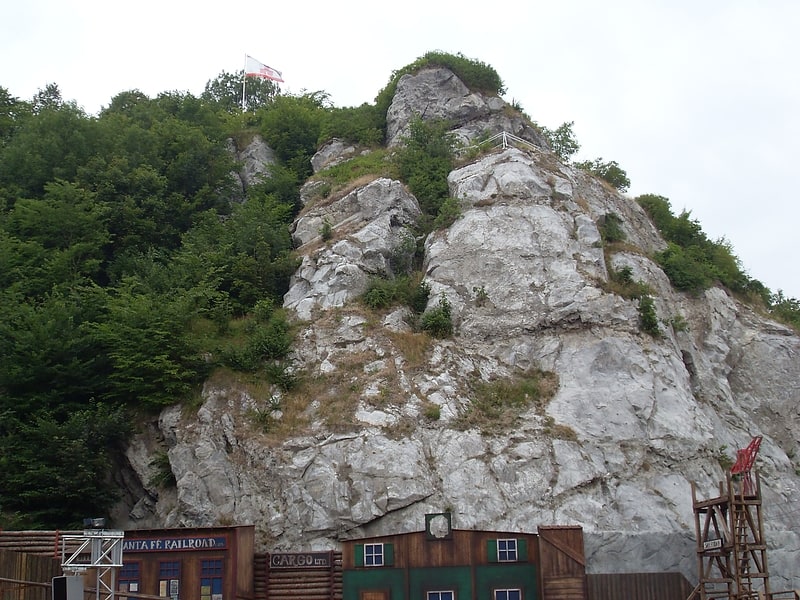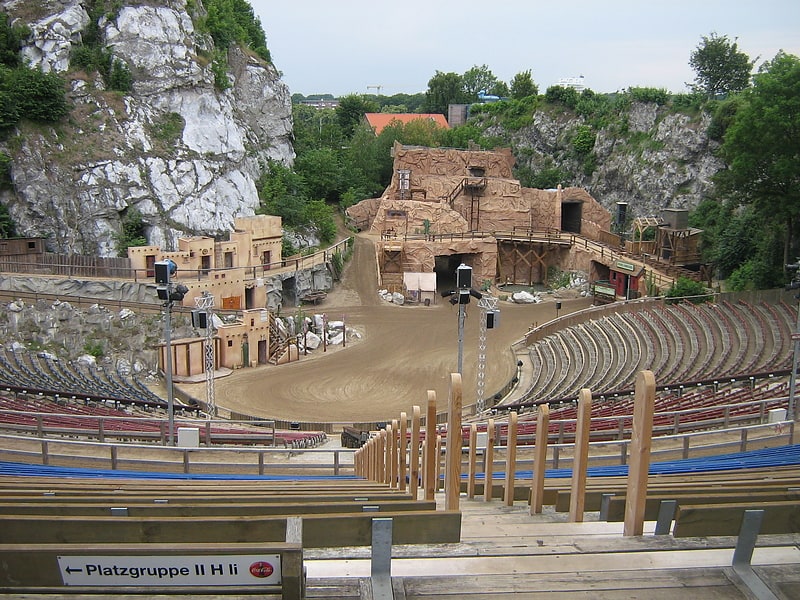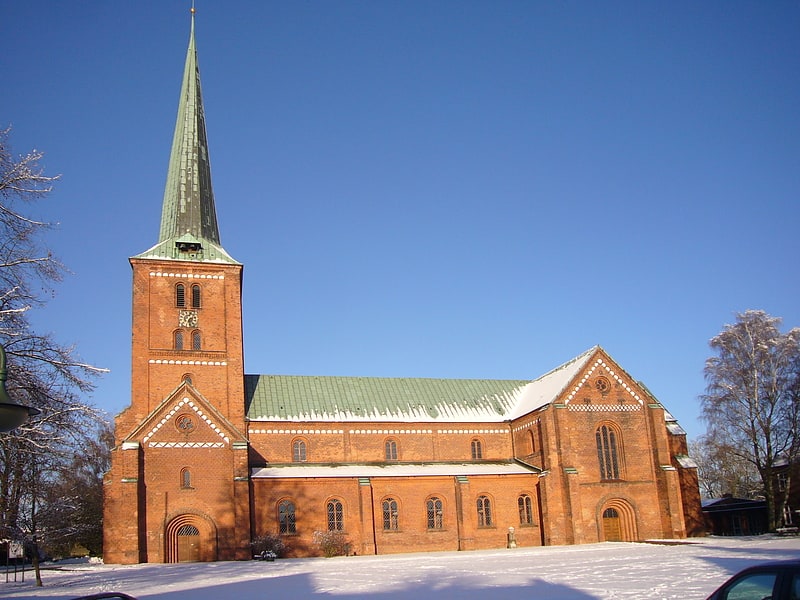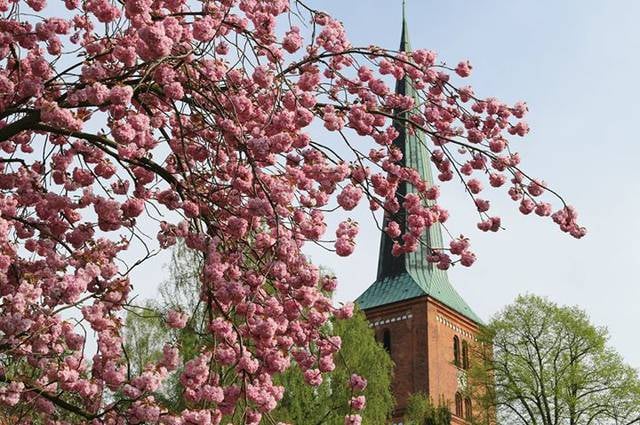Discover 7 hidden attractions, cool sights, and unusual things to do in Bad Segeberg (Germany). Don't miss out on these must-see attractions: Segeberger Kalkberg, Kalkberg Stadium, and Noctalis – Welt der Fledermäuse. Also, be sure to include Mary's Church in your itinerary.
Below, you can find the list of the most amazing places you should visit in Bad Segeberg (Schleswig-Holstein).
Table of Contents
Segeberger Kalkberg

Observation deck in Bad Segeberg, Germany. The Kalkberg is a 91-metre-high rock in the center of Bad Segeberg. The name is a misnomer as it is not made of limestone, but from gypsum.[1]
Address: Oberbergstr. 27, 23795 Bad Segeberg
Kalkberg Stadium

Also known as: Kalkbergstadion
Theatre. The Kalkberg Stadium is an open-air theatre built in a former quarry on the Segeberger Kalkberg, a rocky outcropping in the centre of Bad Segeberg, Schleswig-Holstein, Germany. It was built as a Thingplatz under the Third Reich and since 1952 has been the site of the annual Bad Segeberg Karl May Festival.
The Kalkberg was mined for salt until 1860 and was the site of a gypsum quarry until 1931. After the Nazis came to power, the quarry was converted into an amphitheatre to be used for mass meetings and multimedia theatrical performances as part of the Thingspiel movement. The theatre was designed by Fritz Schaller of Berlin, and was constructed mostly by the Reich Labour Service beginning on 29 May 1934. The work entailed sealing salt-mining shafts and cavities and bringing in 1,200 tonnes of granite from Silesia as building material, since the anhydrite core of the hill itself is water-soluble. The theatre was dedicated on 10 October 1937 by Joseph Goebbels as the Feierstätte der Nordmark or Nordmark-Feierstätte (Northern March Ceremonial Site); in his speech he expressed the wish it would be a "political church of National Socialism". A performance of Henrik Herse's Die Schlacht der weißen Schiffe took place there, probably in 1938, but after that there were no further performances until the end of World War II.
Immediately after the war, the arena was used amongst other things for boxing and for circus performances, before becoming the site of the Karl May Festival in 1952. Concerts also take place there, including Norddeutscher Rundfunk's annual Kult am Kalkberg. With the Berlin Waldbühne and the Freilichtbühne Loreley, it is one of the best known of the former Thing sites.
Schaller did not do any further blasting, but used the existing shape of the quarry, so the arena is asymmetrical and has a smaller stage area to one side. There is a rocky peak behind the stage, and loudspeakers were not installed because of the natural amplification. Originally there was to have been a monument behind the theatre. 14,000 seats and room for 6,000 standees were planned, but the theatre as built seats 10,000 and has room for 4,000 standees.[2]
Noctalis – Welt der Fledermäuse

Specialty museum, Zoo, Museum
Address: Oberbergstrasse 27, 23795 Bad Segeberg
Mary's Church

St. Mary's Church in the center of Bad Segeberg was built from about 1160 as the church of Segeberg Abbey, making it the oldest three-nave vaulted basilica of the brick Romanesque period in northern Elbe and the architectural model for the younger cathedrals in Lübeck and Ratzeburg. Today it is the church of the Evangelical Lutheran parish of Segeberg.
Address: Kirchpl. 5, 23795 Bad Segeberg
Rantzau-Kapelle

The Rantzau Chapel in Bad Segeberg in Schleswig-Holstein is a 1770 successor building to the Rantzau Pyramid, which Heinrich Rantzau had built in 1588. The chapel is located on Hamburger Straße in the immediate vicinity of the so-called Rantzau Obelisk, another monument from Heinrich Rantzau's time.
Villa Flath

Address: Bismarckallee 5, 23795 Bad Segeberg
Segeberger Zeitung

Address: Hamburger Straße 26, Bad Segeberg